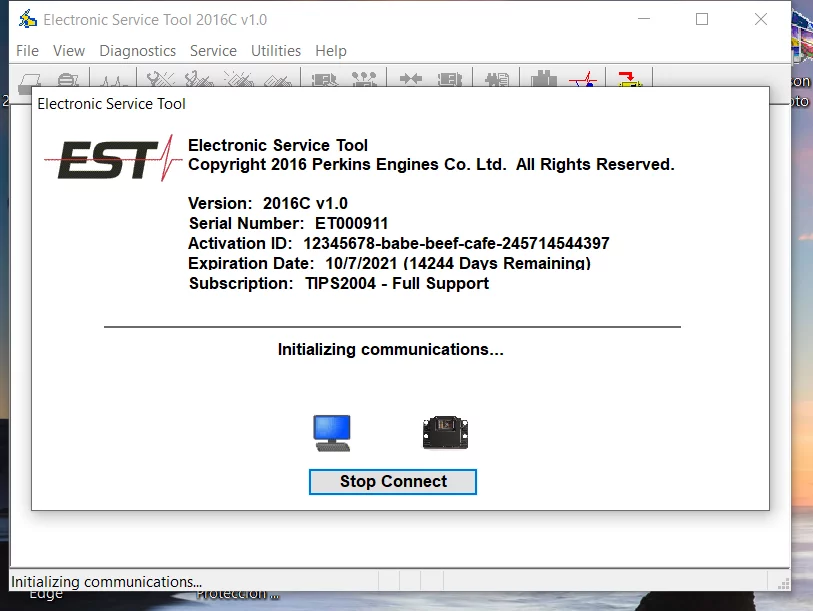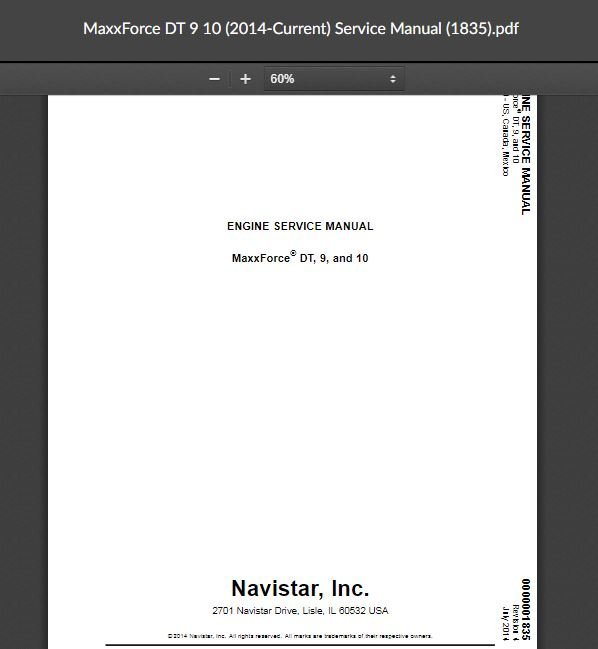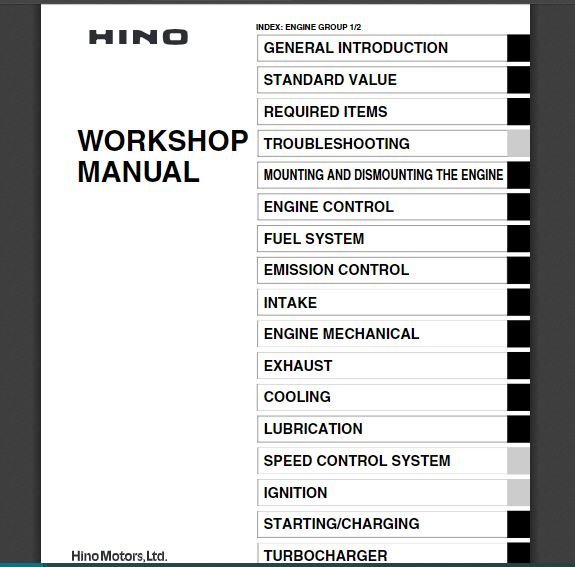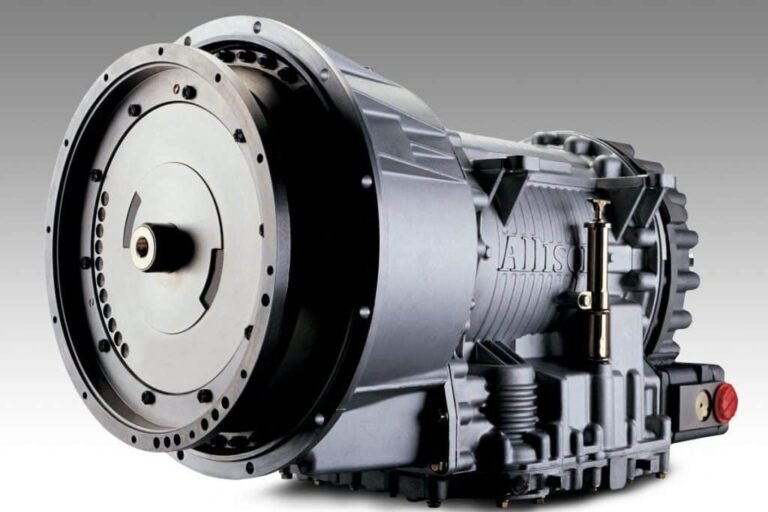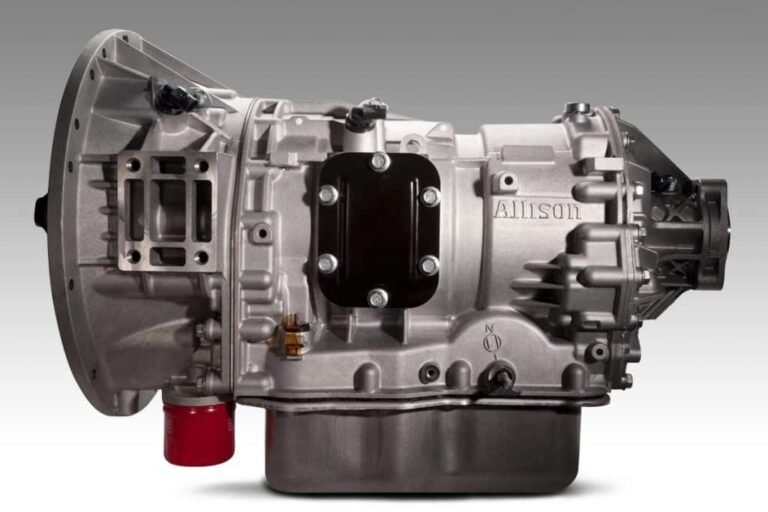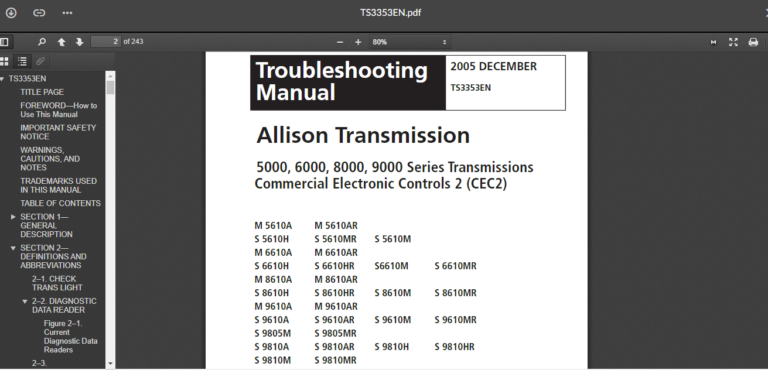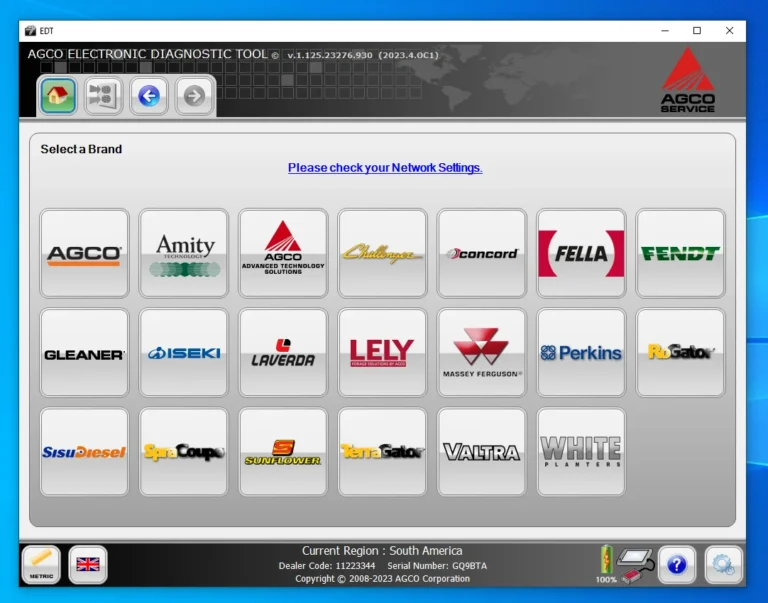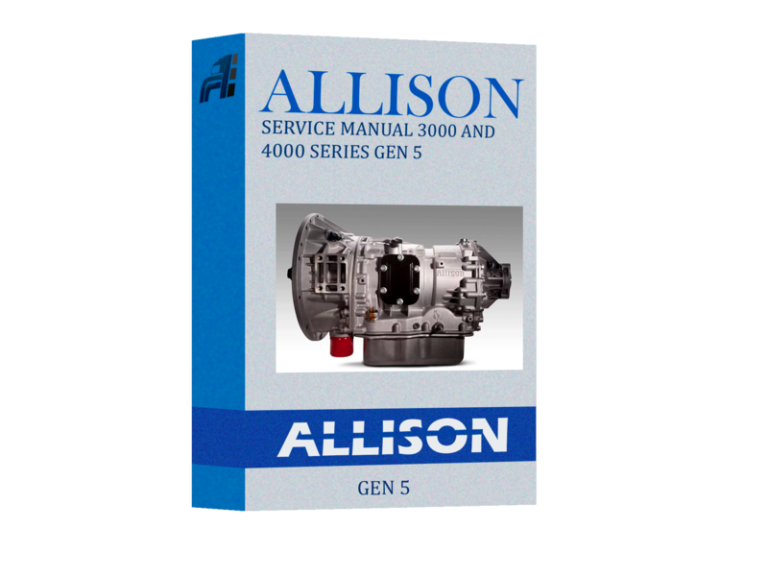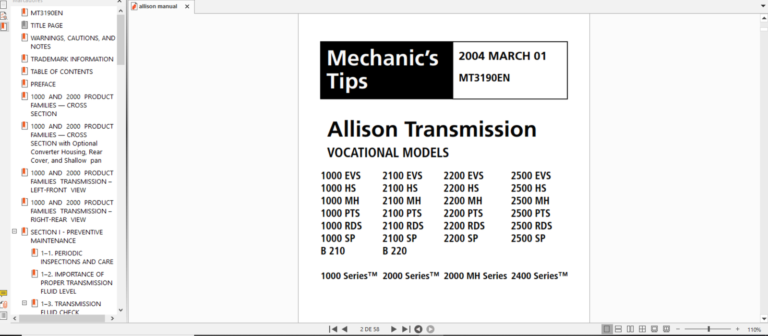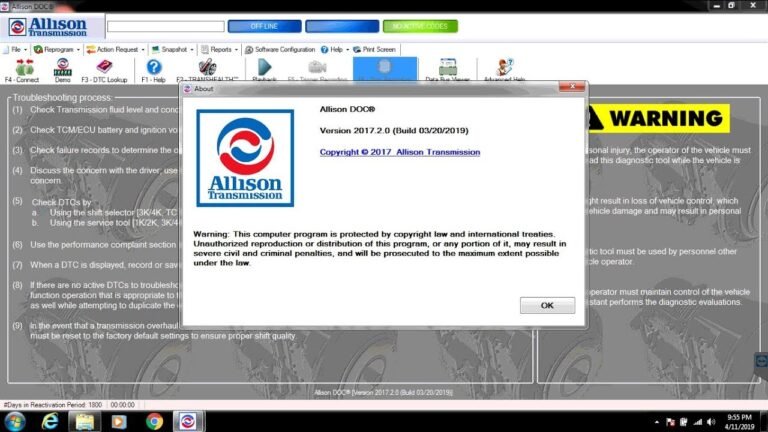DETROIT DIESEL DIAGNOSTIC LINK DDDL 8.20 SP1 2025: Optimize Your Heavy Machinery Maintenance
Detroit Diesel Diagnostic Link DDDL 8.20 SP1 2025 is a vital software for diagnosing and maintaining Detroit Diesel engines. This tool enhances operational efficiency, streamlining the repair process for heavy machinery and trucks. With advanced diagnostic capabilities and an improved user interface, DDDL 8.20 SP1 2025 allows technicians to quickly identify issues. It is compatible with various diesel engine models, making it an invaluable resource in the transportation industry.
Table of Contents
ToggleOverview of Detroit Diesel Diagnostic Link DDDL 8.20 SP1 2025
The DDDL 8.20 SP1 2025 represents a significant advancement in diagnostic tools for Detroit Diesel engines. This software is tailored for professionals in the logistics and transportation sectors, enhancing both the diagnosis and maintenance processes of diesel engines.
Key Features
- Improved user interface that promotes operational efficiency.
- Advanced diagnostic capabilities that allow for real-time monitoring.
- Comprehensive data analysis tools that support maintenance planning.
- Multi-model compatibility across various Detroit Diesel engine types.
Industry Applications
This diagnostic software is not limited to a specific sector. Its applications include:
- Commercial transportation, ensuring fleet reliability.
- Heavy machinery maintenance for various industries.
- Support for emergency response vehicles, which require peak performance.
Compatibility with Diesel Engines
The DDDL 8.20 SP1 2025 is designed to be versatile, working with a wide range of diesel engines. Its compatibility features include:
- Support for multiple engine models within the Detroit Diesel line.
- Flexibility to adapt to newer engine types as they enter the market.
- Integration capabilities with existing workshop equipment for diagnostics.
Improved User Interface
The enhanced user interface of the diagnostic software offers vital improvements that significantly aid technicians in their diagnostic tasks. This section highlights the changes made to ensure a more efficient user experience.
Visual Data Representation
The redesigned interface incorporates graphical representations of engine metrics, allowing users to visualize data easily. The clear, intuitive graphs and charts help technicians monitor real-time performance indicators, making it simple to pinpoint areas requiring attention. Enhanced visual analytics not only streamline diagnostics but also facilitate quick decision-making during stressful repair situations.
Ease of Use for Technicians
One of the primary focuses of the updated interface is to offer greater accessibility for technicians with varying levels of experience. The layout is structured to follow a logical flow, guiding users through diagnostics step-by-step. Key features include:
- Streamlined navigation menus for quicker access to essential tools and functions.
- Contextual tooltips that provide explanations of each feature and metric.
- Customizable dashboards that allow technicians to prioritize information relevant to their specific needs.
This thoughtful design minimizes the learning curve, enabling technicians to become proficient with the software in a shorter time frame.
Accessibility Enhancements
Accessibility improvements are crucial for ensuring that all users can effectively utilize the software, regardless of physical limitations. Key enhancements include:
- Support for screen readers to assist visually impaired users in navigating the interface.
- Keyboard shortcuts that facilitate swift action without relying solely on a mouse, streamlining workflows.
- High-contrast mode to enhance visibility for users in various lighting conditions.
These features play a significant role in expanding the user base and accommodating diverse technician preferences, ultimately contributing to more efficient engine diagnostics and maintenance processes.
Advanced Diagnostic Capabilities
The advanced diagnostic capabilities of the DDDL 8.20 SP1 2025 provide critical insights into engine performance and functionality, enabling technicians to address issues efficiently.
Real-Time Data Analysis
This feature allows for immediate monitoring of engine metrics, which are essential for understanding operational health. Key benefits include:
- Instantaneous feedback on performance metrics.
- Identification of abnormalities as they occur.
- Ability to make real-time adjustments to optimize engine performance.
Technicians can harness real-time data to adapt maintenance strategies and respond quickly to potential failures, significantly reducing downtime.
Failure Detection Tools
Integrated failure detection tools empower technicians with the ability to pinpoint issues with precision. This includes:
- Comprehensive scanning of engine systems.
- Precise identification of failure codes and diagnostics.
- Guided troubleshooting processes to facilitate repairs.
By efficiently isolating the source of problems, these tools enhance the speed of diagnostics, ensuring that maintenance can be executed swiftly and accurately.
Optimization of Engine Parameters
Engine optimization is crucial for maximizing efficiency and performance. Through advanced features, the DDDL enables:
- Adjustments to fuel injection parameters for better combustion.
- Modifications to emission controls for regulatory compliance.
- Fine-tuning of operational settings to suit specific applications.
This capability not only improves overall performance but also contributes to fuel efficiency, thereby lowering operational costs.
Multi-Model Adaptability
The Multi-Model Adaptability of the diagnostic software is a critical feature that enhances its usability across various engine types. This flexibility makes it a preferred choice among technicians who work with diverse fleets of diesel engines.
Supported Engine Models
This software supports a wide range of Detroit Diesel engine models, making it highly versatile. The capability to work with multiple models means that workshops can utilize the tool without needing separate diagnostic solutions. Some of the supported models include:
- DD13
- DD15
- DD16
- Series 60
- MTU Series 1600, 2000, and 4000
This wide compatibility ensures that mechanics are well-equipped to handle various repairs and diagnostics, ultimately streamlining the service process.
Flexibility in Workshops
The adaptability of DDDL 8.20 SP1 2025 extends directly to workshop environments. Workshops often encounter engines of both newer and older models. This software allows technicians to seamlessly switch between different models without the need for extensive retraining or additional tools.
Workshops benefit from:
- Reduced downtime: Technicians can diagnose and repair multiple engine types efficiently.
- Cost-effectiveness: A single diagnostic tool reduces the need for multiple software licenses and hardware.
- Increased technician productivity: Familiarity with one system allows for faster problem-solving.
Benefits across Fleet Variability
As fleet compositions vary from one operation to another, the capability to support multiple models ensures that businesses remain agile and responsive. This multi-model support leads to significant benefits, including:
- Scalability: Adaptations can be made as the fleet expands or contracts.
- Consistency in diagnostics: Standard diagnostic procedures across different models facilitate easier training for new technicians.
- Improved fleet management: Technicians can monitor performance data and trends from all engines in a unified format, enhancing overall maintenance strategies.
The flexibility offered by DDDL 8.20 SP1 2025 fosters an environment where workshops can thrive in a competitive landscape, accommodating the diverse needs of clients and maximizing efficiency in service delivery.
Maintenance History and Tracking
Effective maintenance history and tracking is essential for optimizing engine performance and ensuring longevity. By recording maintenance events, technicians can address issues proactively and improve overall reliability.
Importance of Maintenance Records
Maintenance records provide crucial insights into the operational history of diesel engines. These records serve multiple purposes:
- Ensure adherence to scheduled maintenance tasks.
- Facilitate communication between technicians and management.
- Help identify recurring issues that may require deeper investigation.
Having a comprehensive log allows technicians to make informed decisions and implement corrective actions based on historical data. It also supports warranty claims and regulatory compliance by demonstrating that maintenance protocols have been followed meticulously.
Analysis of Performance Trends
By analyzing maintenance history, patterns emerge that reveal the performance and reliability of diesel engines over time. A detailed review of these trends can include:
- Fuel consumption rates
- Frequency of repairs
- Indicators of wear and degradation
This performance analysis can highlight when maintenance should be conducted, ensuring that issues are addressed before they result in significant breakdowns. Such insights are valuable for optimizing maintenance schedules, leading to enhanced engine performance and reduced downtime.
Predictive Maintenance Planning
Implementing predictive maintenance planning allows for a proactive approach toward equipment care. This strategy focuses on forecasting potential failures based on historical data and performance analytics. Key components include:
- Utilization of software to track engine parameters and maintenance activities.
- Setting up alerts for when certain thresholds are reached, indicating a need for intervention.
- Regular reviews of maintenance records to assess the effectiveness of past repairs.
This approach minimizes unplanned downtimes, ensuring that the fleet operates efficiently. It allows organizations to allocate resources more effectively, reducing unnecessary labor and parts costs. Predictive maintenance ultimately leads to a more reliable and profitable operation.
Operational Benefits in Transportation
The optimization of operations within the transportation sector is vital for maintaining competitiveness and ensuring service excellence. The following subsections outline key benefits that enhance efficiency, reduce costs, and extend the longevity of engines.
Enhancing Operational Efficiency
Operational efficiency in transportation can be significantly improved through precise diagnostics and proactive maintenance. By utilizing advanced diagnostic tools, technicians can quickly identify issues, resulting in minimal downtime. Key aspects include:
- Proactive Problem Solving: Early detection of engine faults leads to timely interventions.
- Real-Time Monitoring: Continuous assessment of engine performance ensures optimal functionality.
- Streamlined Maintenance Processes: Simplified workflows enable technicians to execute repairs more efficiently.
Cost Reduction Strategies
Implementing cost reduction strategies is essential for maximizing profitability in the transportation industry. Effective use of diagnostic software contributes to lower operational costs through various mechanisms:
- Minimized Repair Expenses: Accurate diagnostics prevent unnecessary repairs by targeting specific issues.
- Reduced Downtime Costs: Efficient maintenance procedures ensure that vehicles spend less time off the road.
- Improved Fuel Efficiency: Optimal engine performance translates to better fuel economy, directly impacting operational expenses.
Extending Engine Lifespan
Maintaining the health of diesel engines is crucial for transportation operations. By utilizing effective diagnostic tools, businesses can achieve a longer lifespan for their engines through:
- Regular Maintenance Checks: Scheduled monitoring helps identify wear and tear before it leads to failure.
- Data-Driven Insights: Analyzing performance trends aids in making informed maintenance decisions.
- Preventative Strategies: Implementing predictive maintenance practices reduces the likelihood of catastrophic engine failures.
Technical Requirements and Considerations
Understanding the technical requirements and considerations is essential for the effective use of diagnostic software. This section outlines the necessary specifications that ensure compatibility and optimal performance.
Hardware Specifications
To run the software effectively, specific hardware capabilities are required.
- At least 4GB of RAM to support multitasking and smooth operation.
- A modern multi-core processor to handle various diagnostics without lag.
- A minimum of 2GB of free disk space for installation and data storage.
- Operating system compatibility that includes Windows 10 or a later version, ensuring the software runs on an up-to-date platform.
System Compatibility
Ensuring system compatibility is crucial for the seamless operation of the diagnostic software.
- The software is specifically designed for Detroit Diesel engines, making it a specialized tool.
- Compatibility extends across various models within the Detroit Diesel lineup, providing a versatile solution for workshops.
- Regular updates are recommended to maintain compatibility with the latest hardware and software advancements.
Connection Requirements with Engines
Connecting the diagnostic software to the engines is essential for accurate data retrieval and analysis.
- The use of a compatible diagnostic device, such as the Detroit Diesel USB Link, is necessary for establishing a connection.
- Connection facilitates communication between the software and the engine’s onboard systems.
- Proper installation of the diagnostic link is crucial to ensure that all data streams are correctly received and processed.
Real-World Application and Case Studies
The practical use of diagnostic tools like DDDL 8.20 SP1 2025 demonstrates significant improvements in engine performance and maintenance efficiency. Case studies reveal how this software facilitates effective troubleshooting and enhances operational capabilities in real-world settings.
Common Failure Diagnoses
In everyday operations, common engine failures frequently arise, affecting overall vehicle performance. These issues often include:
- Fuel system malfunctions: Inadequate fuel pressure or contamination can lead to major performance issues.
- Electrical faults: Wiring problems or sensor failures often disrupt engine operations, requiring immediate attention.
- Exhaust system failures: Blockages or leaks can result in increased emissions and reduced efficiency.
Technicians utilize real-time data analysis capabilities to quickly identify these problems and implement corrective measures. For instance, the DDDL can reveal specific error codes related to the fuel system that guide technicians towards the exact issue.
Application in Predictive Maintenance
Predictive maintenance strategies allow companies to anticipate failures before they disrupt operations. By tracking engine parameters over time, DDDL 8 20 SP1 2025 enables diagnostic insights that lead to:
- Regular monitoring of critical components to identify signs of wear.
- Data trend analysis that helps predict future maintenance needs.
- Reduction in unexpected breakdowns through timely interventions.
Workshops employing predictive maintenance principles have reported decreased downtime and improved fleet reliability. By using the DDDL, they can adjust maintenance schedules based on actual engine data, leading to more efficient operations.
Testimonials from Technicians
Technicians across the industry have shared positive feedback on their experiences with DDDL 8.20 SP1 2025. Some of the key points highlighted include:
- “The diagnostic capabilities have cut down our troubleshooting time significantly. We can now resolve issues we once struggled with,” says a lead technician from a major logistics company.
- “Having real-time data at my fingertips makes a huge difference. It allows me to make informed decisions quickly,” comments a maintenance supervisor at a fleet operation.
- “The ability to track maintenance history has transformed our approach. We now plan with confidence,” mentions a workshop manager.
These testimonials reflect the transformative impact that DDDL 8.20 SP1 2025 has on maintenance processes and operational efficiency in the transportation sector.
Future Developments and Innovations
The future of diagnostic tools for diesel engines is on the brink of significant advancements. Innovations in technology will enhance the capabilities of existing software, bringing renewed efficiency and precision to engine diagnostics.
Integration of AI and Advanced Analytics
The incorporation of artificial intelligence (AI) into diagnostic software represents a major leap forward. AI can analyze vast datasets quickly and accurately, identifying patterns and anomalies that human technicians might overlook.
Enhanced Predictive Capabilities
With AI-driven predictive analytics, maintenance scheduling can become more proactive. This technology forecasts potential failures based on historical data, thereby reducing unexpected breakdowns and associated costs.
Potential Upgrades in Diagnostic Tools
As technology progresses, diagnostic tools will likely see various upgrades that will improve functionality and user experience.
- Improved data integration capabilities will allow seamless communication between different systems and devices.
- New algorithms for fault detection will enhance the speed and accuracy of diagnostics.
- Updates may introduce remote diagnostic capabilities, enabling technicians to analyze engine performance from far away.
Industry Trends and Projections
The automotive and transportation industries are shifting towards more connected and automated solutions. This trend suggests that future diagnostic tools will increasingly rely on interconnected devices.
- The growth of the Internet of Things (IoT) will play a crucial role in enabling real-time monitoring and diagnostics.
- Industry demand for eco-friendly and fuel-efficient technology will drive innovations tailored to optimize engine performance.
- Emerging automotive technologies, such as electric and hybrid engines, will necessitate adaptations in diagnostic software, paving the way for versatile and comprehensive tools.



 AGCO
AGCO ALLISON
ALLISON BENDIX
BENDIX BOBCAT
BOBCAT CAT
CAT CLAAS
CLAAS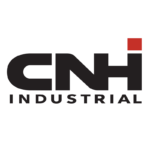 CNH
CNH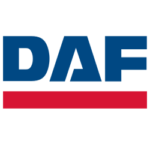 DAF
DAF DETROIT
DETROIT EATON
EATON FREIGHTLINER
FREIGHTLINER HINO
HINO HITACHI
HITACHI ISUZU
ISUZU JCB
JCB JOHN DEERE
JOHN DEERE JPROZZ
JPROZZ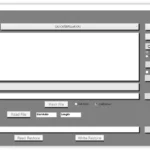 MAGIC TUNER
MAGIC TUNER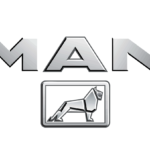 MAN
MAN Navistar
Navistar PACCAR
PACCAR PERKINS
PERKINS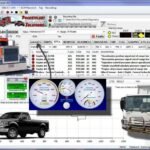 PF DIAGNOSE
PF DIAGNOSE PSI POWERLINK
PSI POWERLINK RENAULT
RENAULT SCANIA
SCANIA THERMO KING
THERMO KING UD NISSAN
UD NISSAN VOLVO
VOLVO WABCO
WABCO ZF TESTMAN
ZF TESTMAN
 BELL
BELL BENDIX
BENDIX BOBCAT
BOBCAT CARRIE
CARRIE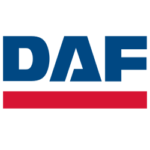 DAF
DAF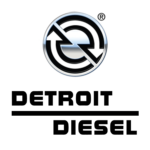 DETROIT
DETROIT EATON
EATON FUSO
FUSO MACK
MACK
 Cumminz
Cumminz ISB4.5 CM2150
ISB4.5 CM2150 All Engines (2017 Emissions)
All Engines (2017 Emissions) PACCAR
PACCAR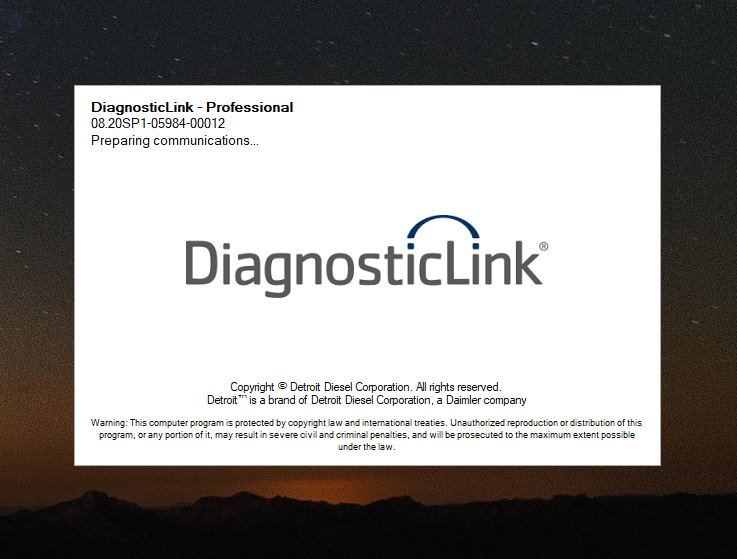
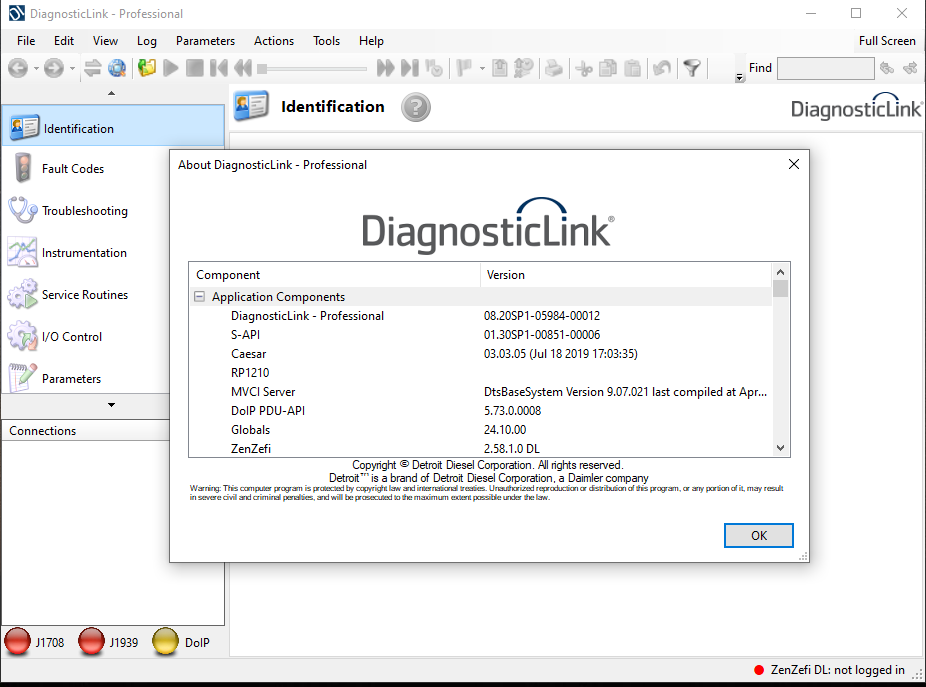

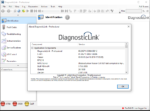

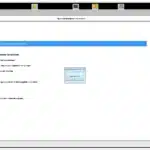
![DOOSAN DIAGNOSTIC TOOL STAGE V DL06-08 02.15 R2 [2024.02]](https://ecmtrucks.com/wp-content/uploads/2024/08/88-1-150x150.png)

